We should all be developers: Roger Zogolovitch on the work of Solidspace
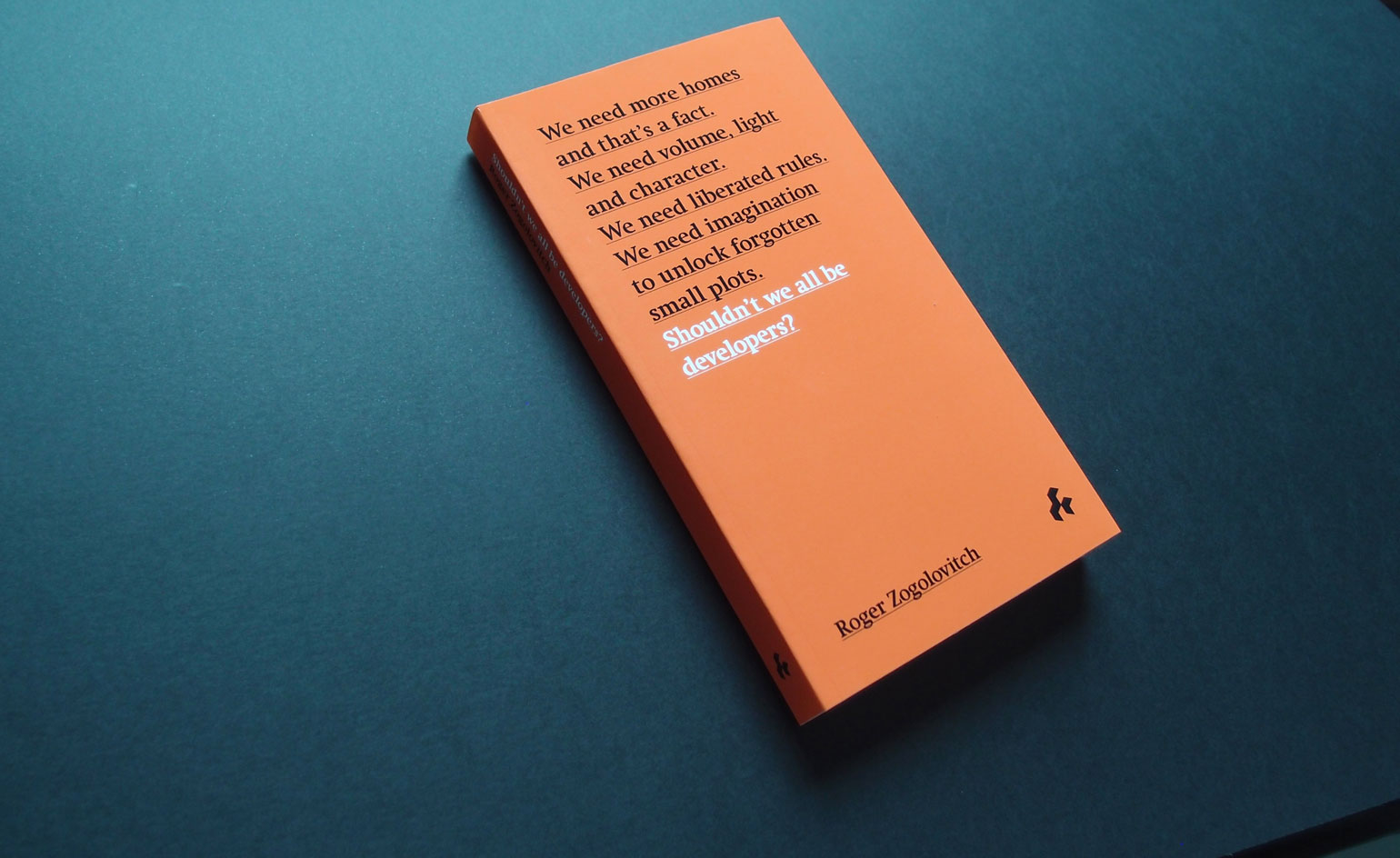
Modern London is being shaped by a coterie of colossal development companies, all of whom have access to vast sites, great portfolios of architectural talent and an uncanny knack for translating bricks and mortar into instant, epic profit. But what about the rest of us? In his new book, the developer Roger Zogolovitch implores us all to take a fresh look at the art of keeping it small.
Zogolovitch's company, Solidspace, has carved a name for itself by working with awkward, compact sites and for an intense, design-driven focus, from their first major project with dRMM through to recent collaborations with Groves Natcheva, MW Architects and Stephen Taylor. Zogolovitch's theory is that the small scale developer – be they first time buyers, housing collectives, ambitious architects or simply far-sighted fans of contemporary design – are best placed to make the city a liveable, human place.
Away from the mega-sites that re-cast whole districts in a shiny new way, Solidspace and its ilk are digging out the 'territory of the forgotten', using innovative design to transform the unpromising into the award-winning and, hopefully, making the whole thing pay its own way. This small-is-beautiful approach to finding sites, choosing talent and making buildings has yielded some remarkable results. If you're hankering after a new career, this could be a great place to start.

From the book: Case study 1: Centaur Street, forgotten land of the railway viaduct in Waterloo, 2000. Solidspace appointed dRMM architects for the development
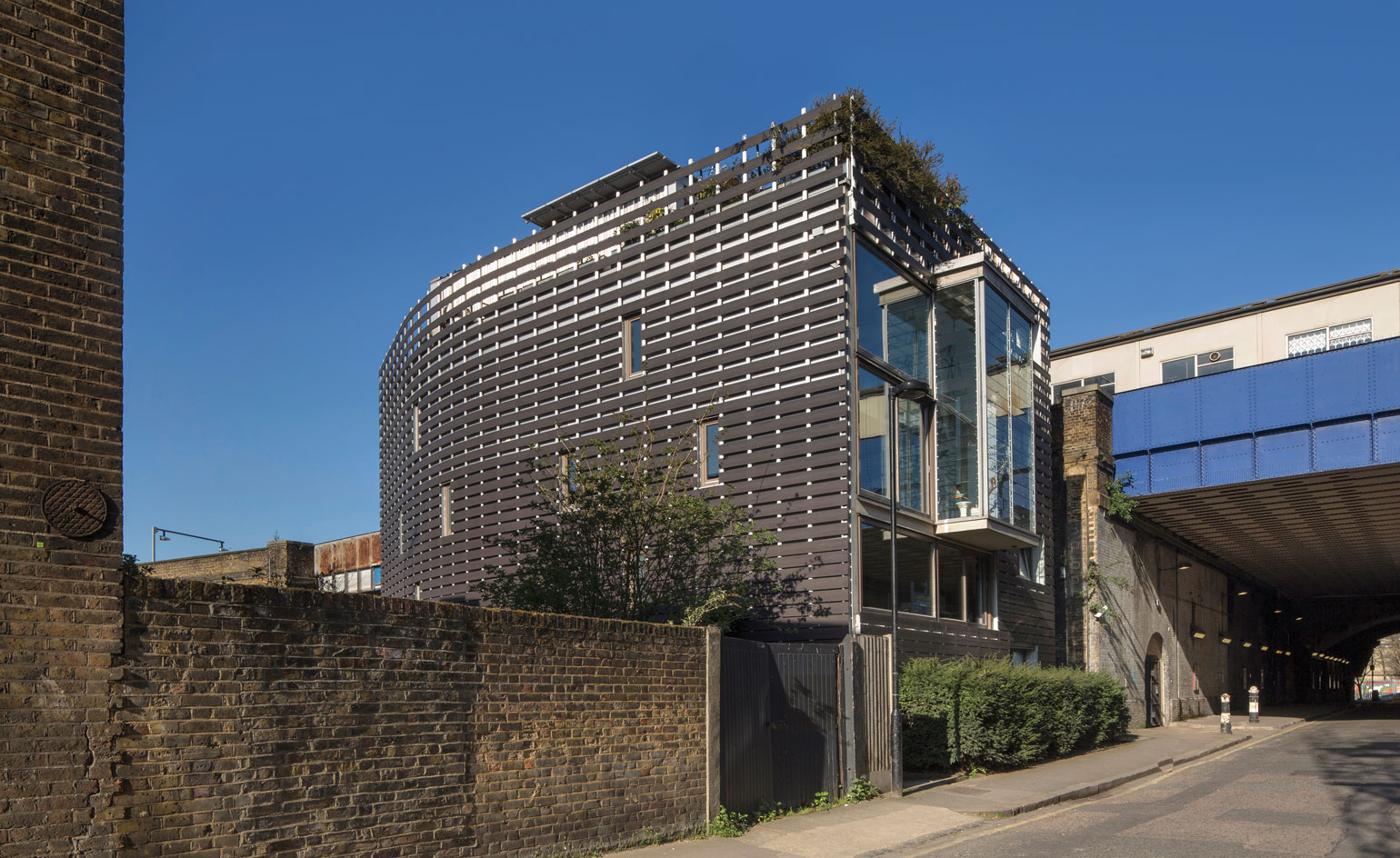
Centaur Street was completed in 2003, a development of three zones including four-metre wide bathrooms, balconies and winter gardens
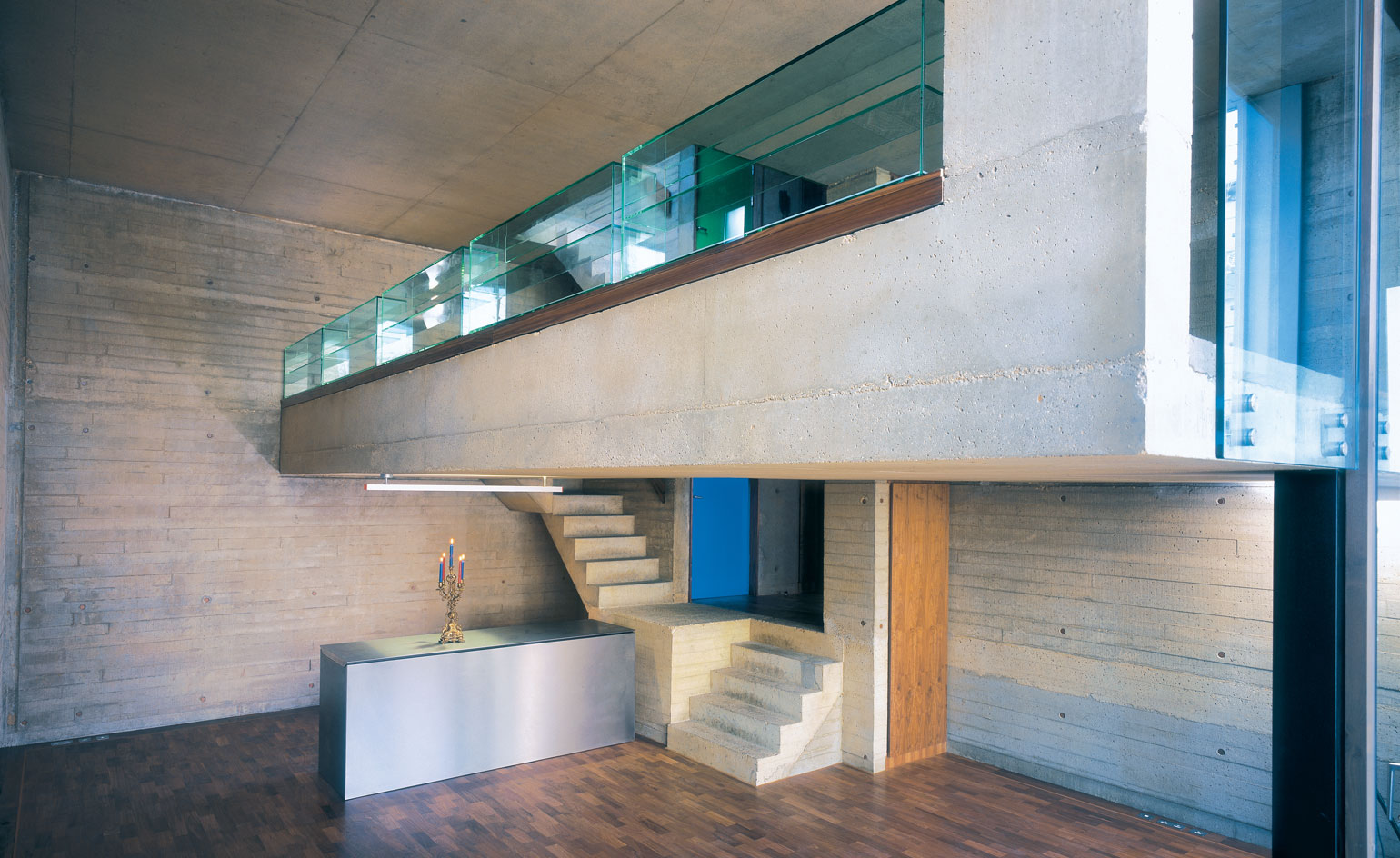
The interior of the Centaur Street development, which includes internal stairs linking levels
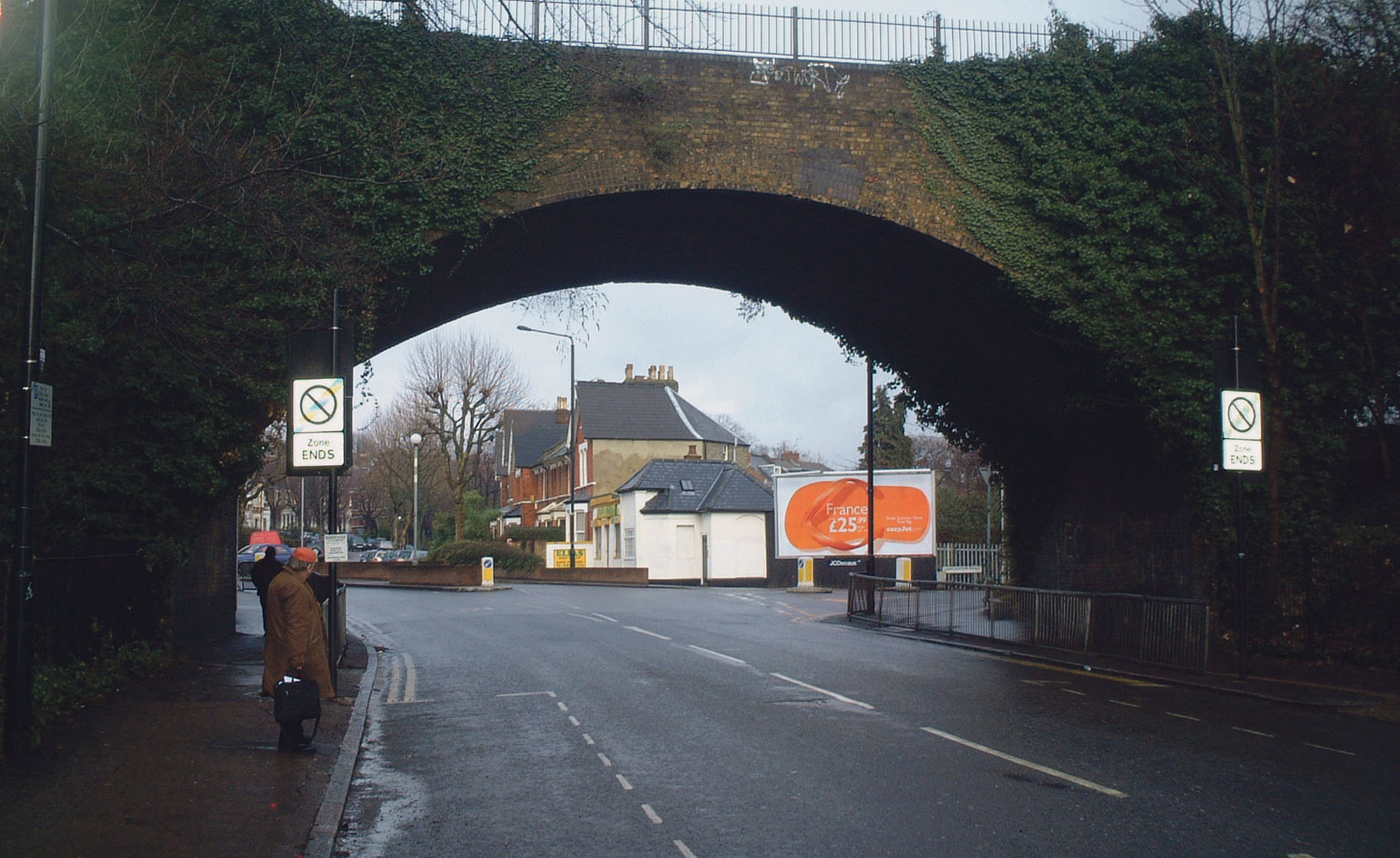
Case study 2: Stapleton Hall Road when it was purchased in 2006. The development, by architect Stephen Taylor, began in 2012
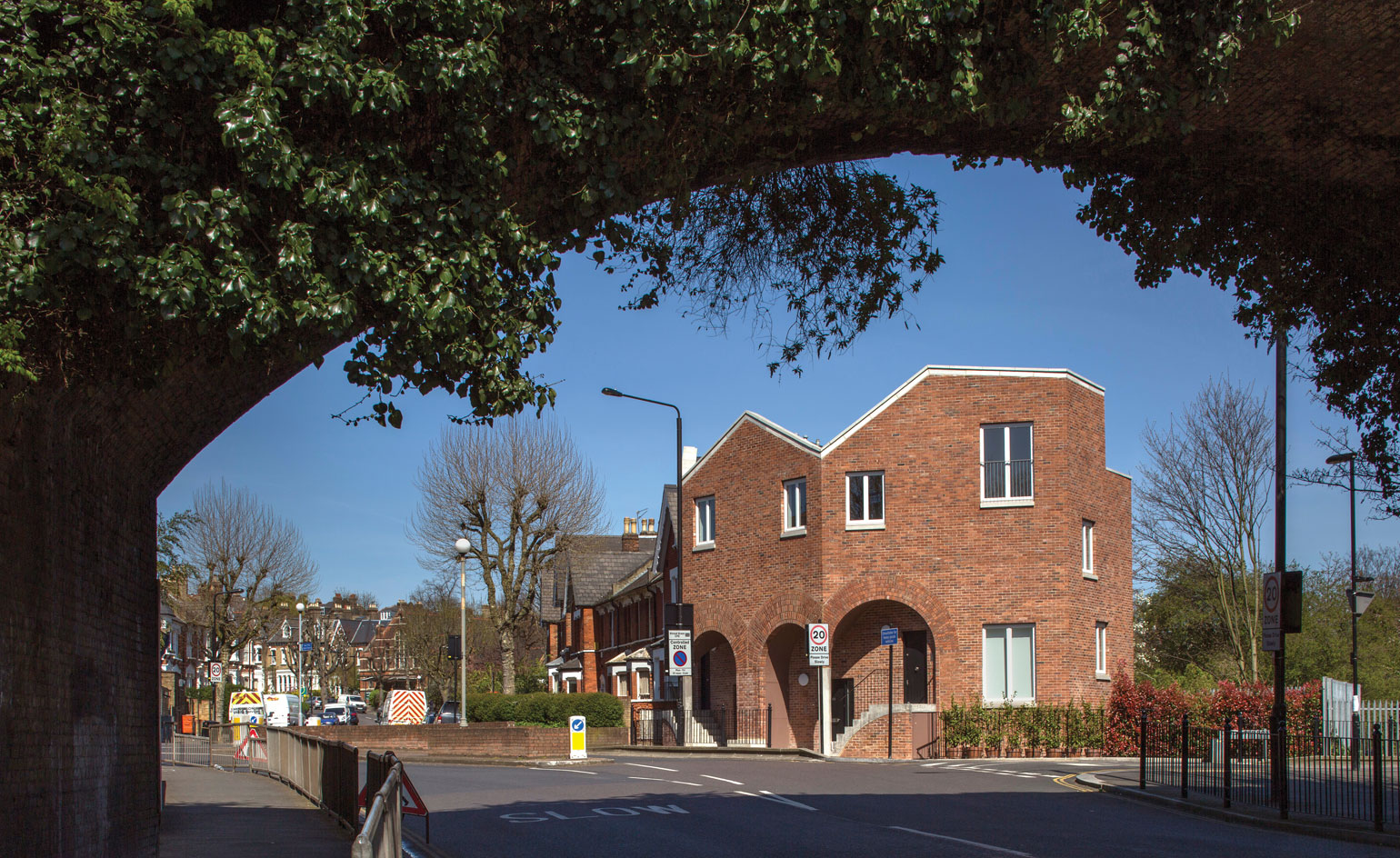
Stapleton Hall Road after its transformation in 2014: a butterfly plan 'eat live work' arrangement
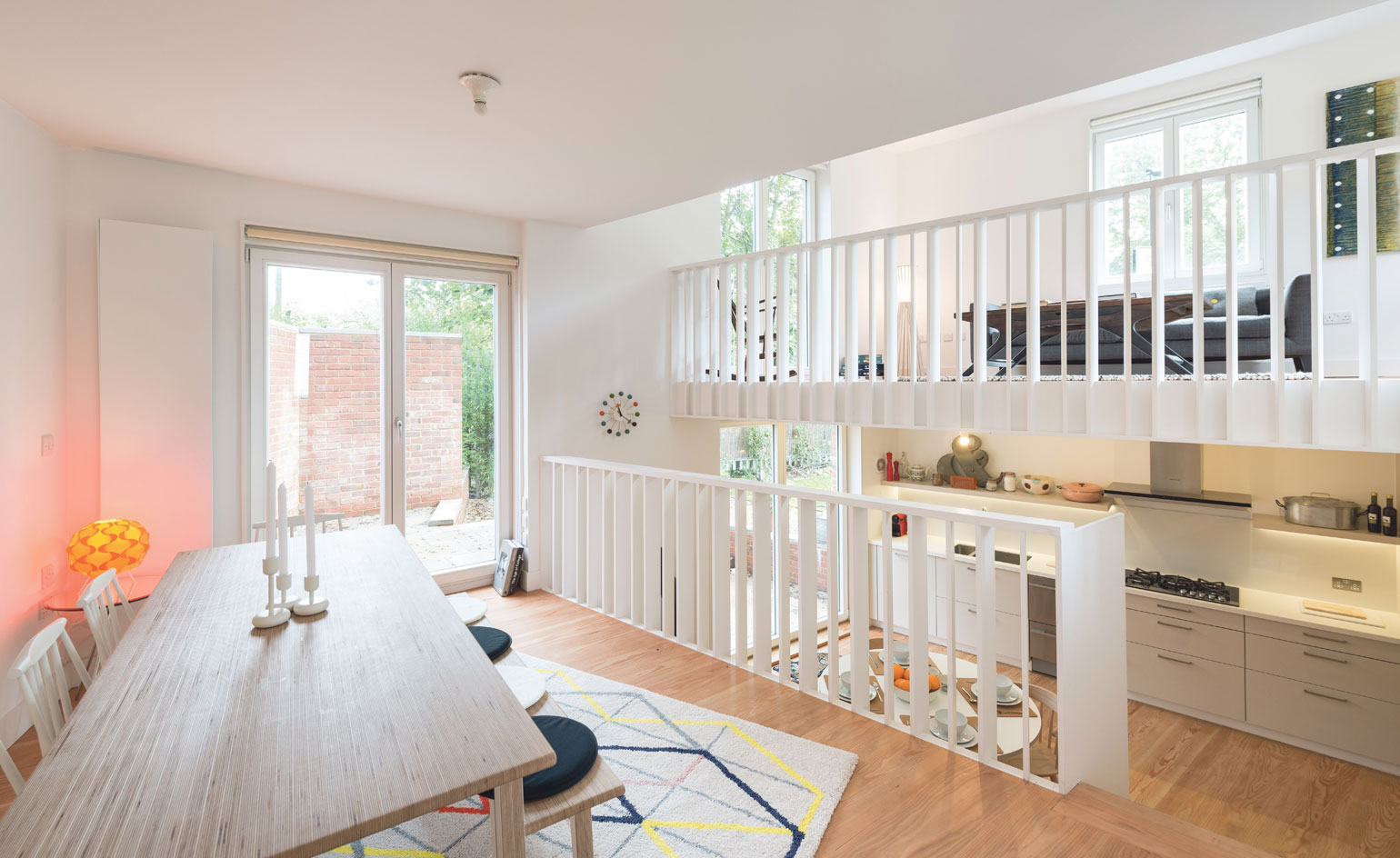
Stapleton Hall Road interior – the build is arranged over seven half levels, rising around the stair

Case study 3: Solidspace purchased this space on Donaldson Road in 2004. The area was originally was used for parking and housed an electricity sub-station
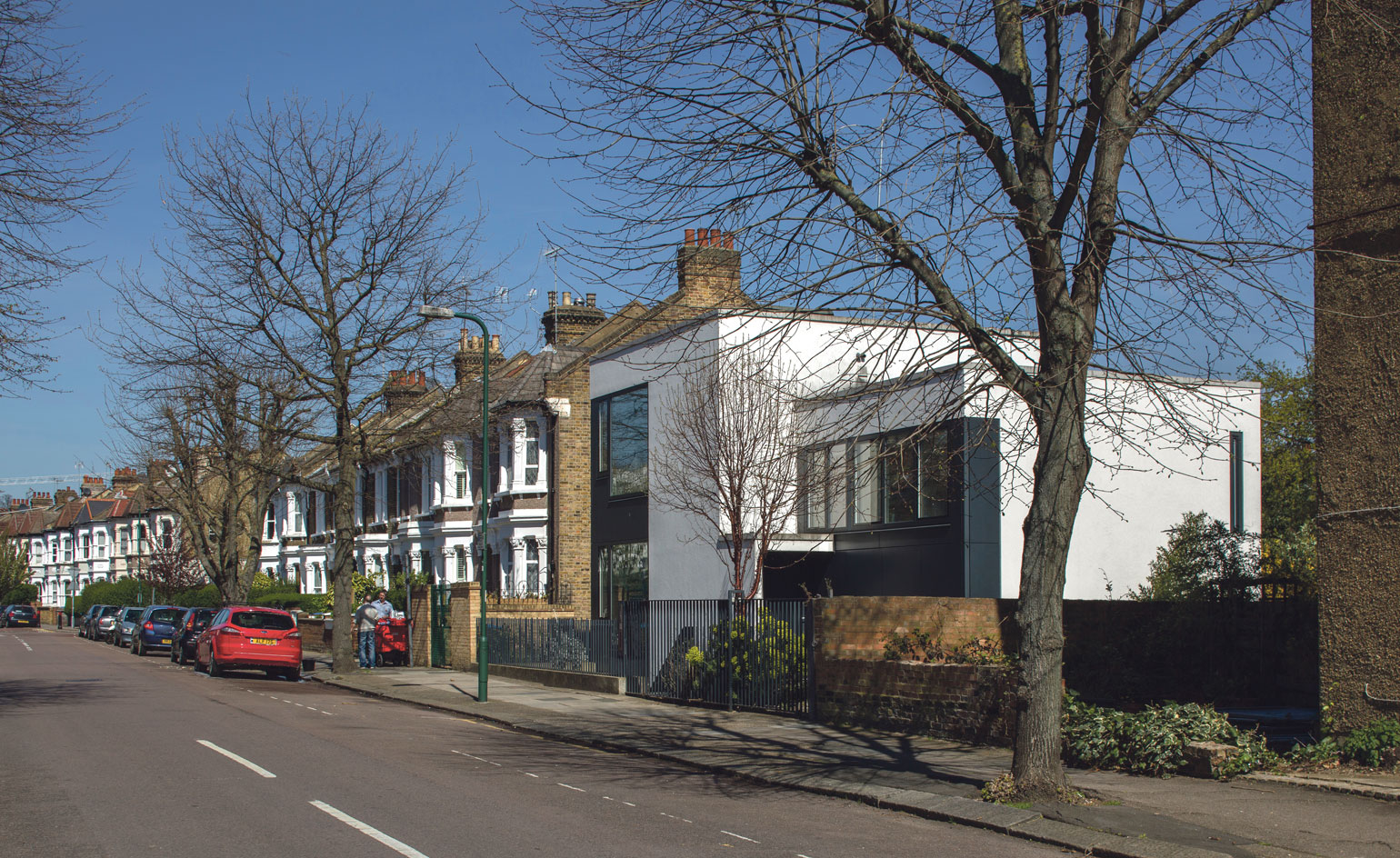
The Groves Natcheva practice was appointed to build a detached family home – the Zog House – pictured here
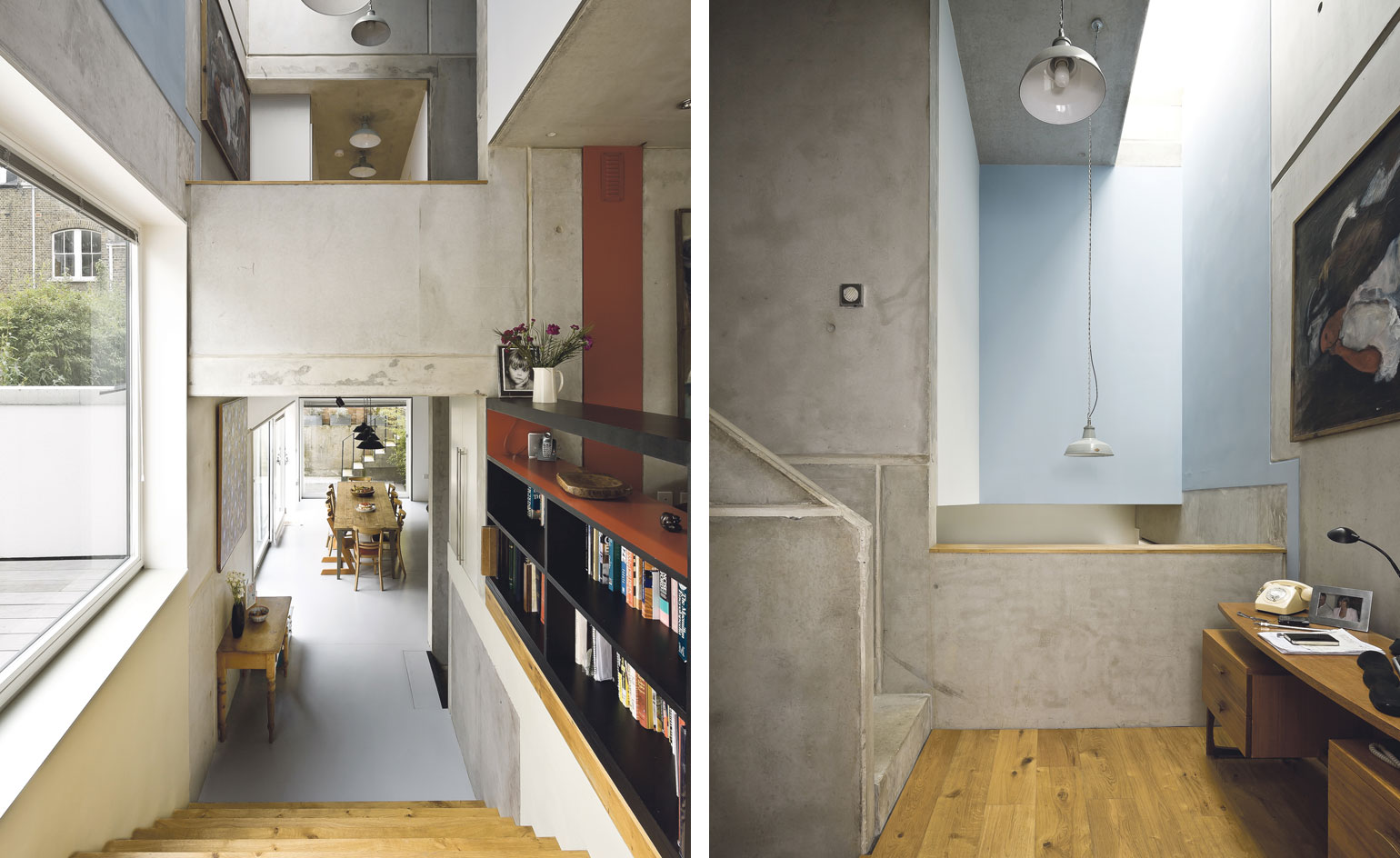
Zog House has a triple height void, affording views of the upper levels of the house and the sky
Receive our daily digest of inspiration, escapism and design stories from around the world direct to your inbox.
Jonathan Bell has written for Wallpaper* magazine since 1999, covering everything from architecture and transport design to books, tech and graphic design. He is now the magazine’s Transport and Technology Editor. Jonathan has written and edited 15 books, including Concept Car Design, 21st Century House, and The New Modern House. He is also the host of Wallpaper’s first podcast.
-
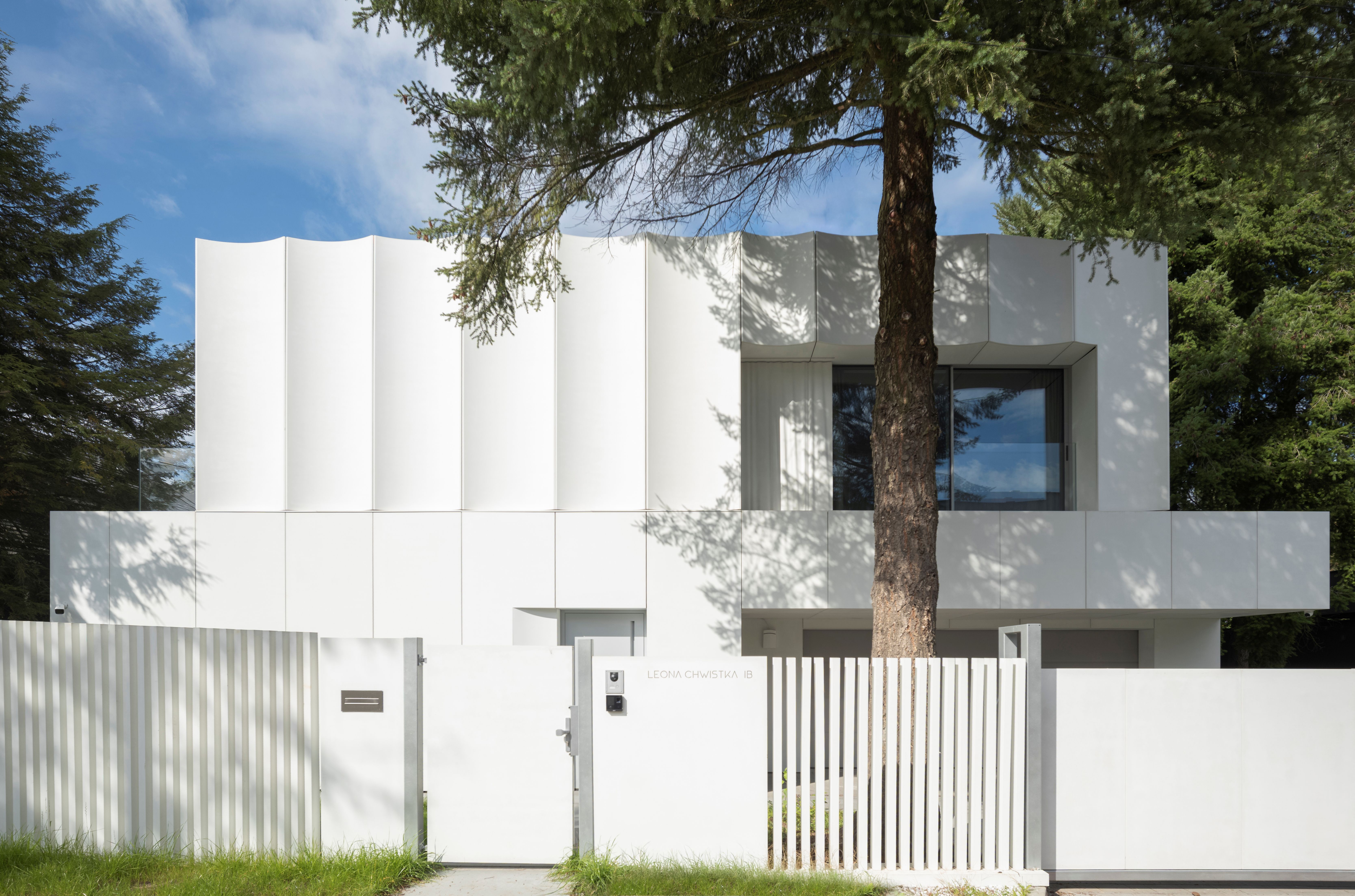 Like a modernist iceberg, this Krakow house has a perfectly chiselled façade
Like a modernist iceberg, this Krakow house has a perfectly chiselled façadeA Krakow house by Polish architecture studio UCEES unites brutalist materialities with modernist form
-
 Leo Costelloe turns the kitchen into a site of fantasy and unease
Leo Costelloe turns the kitchen into a site of fantasy and uneaseFor Frieze week, Costelloe transforms everyday domesticity into something intimate, surreal and faintly haunted at The Shop at Sadie Coles
-
 Can surrealism be erotic? Yes if women can reclaim their power, says a London exhibition
Can surrealism be erotic? Yes if women can reclaim their power, says a London exhibition‘Unveiled Desires: Fetish & The Erotic in Surrealism, 1924–Today’ at London’s Richard Saltoun gallery examines the role of desire in the avant-garde movement